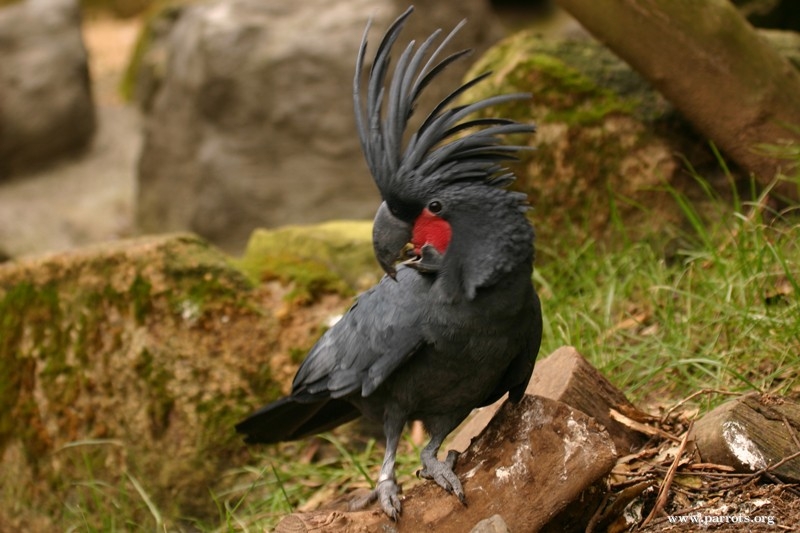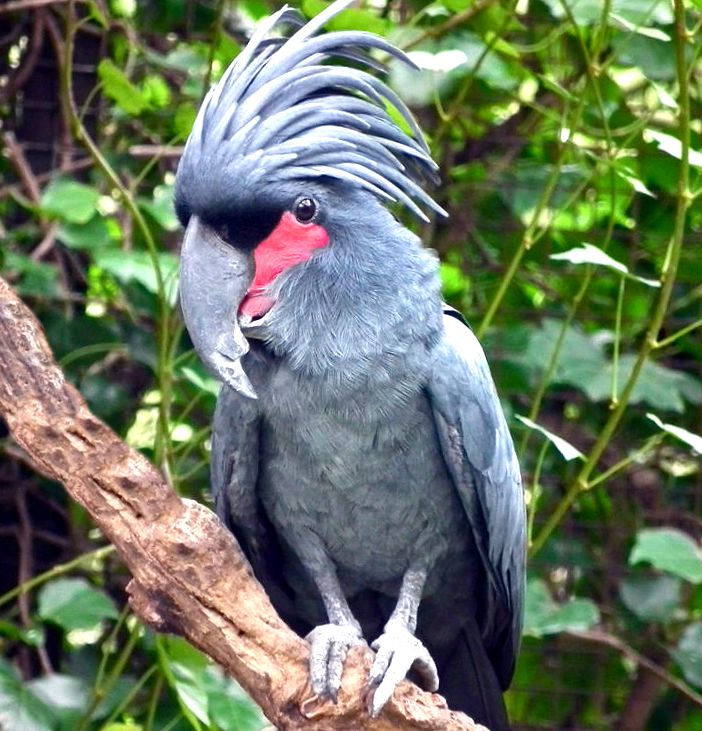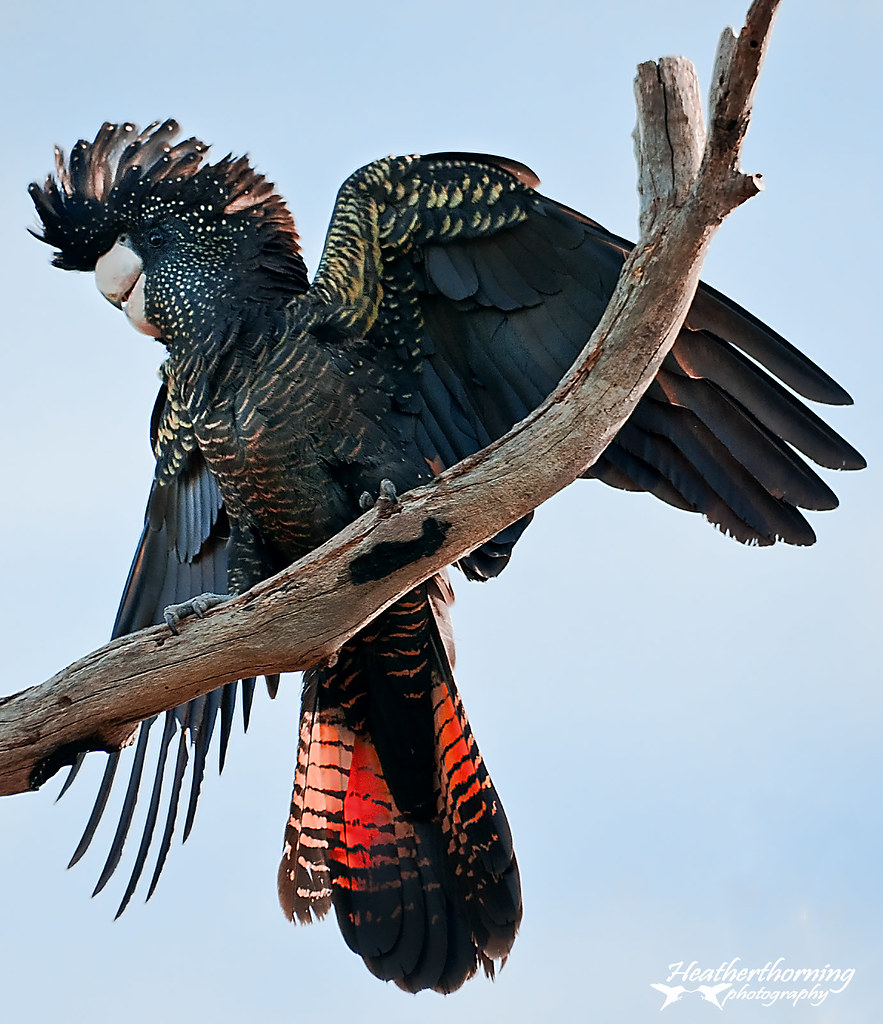

In common with other cockatoos and parrots, the white cockatoo has zygodactyl feet with two toes facing forward and two facings backward, which enable it to grasp objects with one foot while standing on the other, for feeding and manipulation. The feathers of this species and others create a powder similar to talcum powder that easily transfers to clothing. Short white feathers grow from and closely cover the upper legs. Similarly, areas of larger tail feathers that are covered by other tail feathers – and the innermost covered areas of the larger crest feathers – are yellow. The yellow color on the underside of the wings is most notable because the yellow portion of the upper surface of the feather is covered by the white of the feather immediately medial (nearer to the body) and above. However, both upper and lower surfaces of the inner half of the trailing edge of the large wing feathers are a yellow color. The feathers of the white cockatoo are mostly white. When mature some female white cockatoos can have reddish/brown irises, while the irises of the adult male are dark brown or black.

They have brown or black eyes and a dark grey beak. The male white cockatoo usually has a broader head and a bigger beak than the female. The white cockatoo is around 46 cm (18 in) long, and weighs about 400 g (14 oz) for small females and up to 800 g (28 oz) for big males. (according to molecular analysis) (Wright 2008) during the period when Australia, South America and Antarctica were breaking away from the super-continent Gondwanaland where the ancestral parrots were believed to have evolved.Īlthough white cockatoos and related species have historically been referred to as “white parrots”, taxonomically they are not considered to be “true parrots”. (according to the fossil record) or 66 m.y.a.

While psittaciform parrots (true parrots) and cockatoos have many common anatomical attributes such as zygodactyl feet and hooked bills, the cockatoos and true parrots diverged from the ancestral parrots as separate lineages as early as 45 m.y.a. The term "white cockatoo" has also been applied as a group term to members of the subgenus Cacatua, the genus Cacatua as well as larger groups including Major Mitchell's cockatoo and the galah cockatoo. It lies in the subgenus Cacatua within the genus Cacatua. Its species name alba is a feminine form of the Latin adjective albus for "white". The white cockatoo was first described in 1776 by German zoologist Philipp Ludwig Statius Müller. The white cockatoo is known as ayab (plural form: ayot) in the Burmeso language of Papua, Indonesia. It is similar to other species of white cockatoo such as yellow-crested cockatoo, sulphur-crested cockatoo, and salmon-crested cockatoo, all of which have yellow, orange or pink crest feathers instead of white. The wings and tail have a pale yellow or lemon color which is exposed when they fly. When surprised, it extends a large and striking head crest, which has a semicircular shape (similar to an umbrella, hence the alternative name). (Accessed September 4, 2021.The white cockatoo ( Cacatua alba), also known as the umbrella cockatoo, is a medium-sized all-white cockatoo endemic to tropical rainforest on islands of Indonesia. The Birds of the Hawaiian Islands: Occurrence, History, Distribution, and Status. Parrots: A Guide to Parrots of the World. (Accessed September 4, 2021.)įorshaw, J.M. eBird: An online database of bird distribution and abundance.


 0 kommentar(er)
0 kommentar(er)
